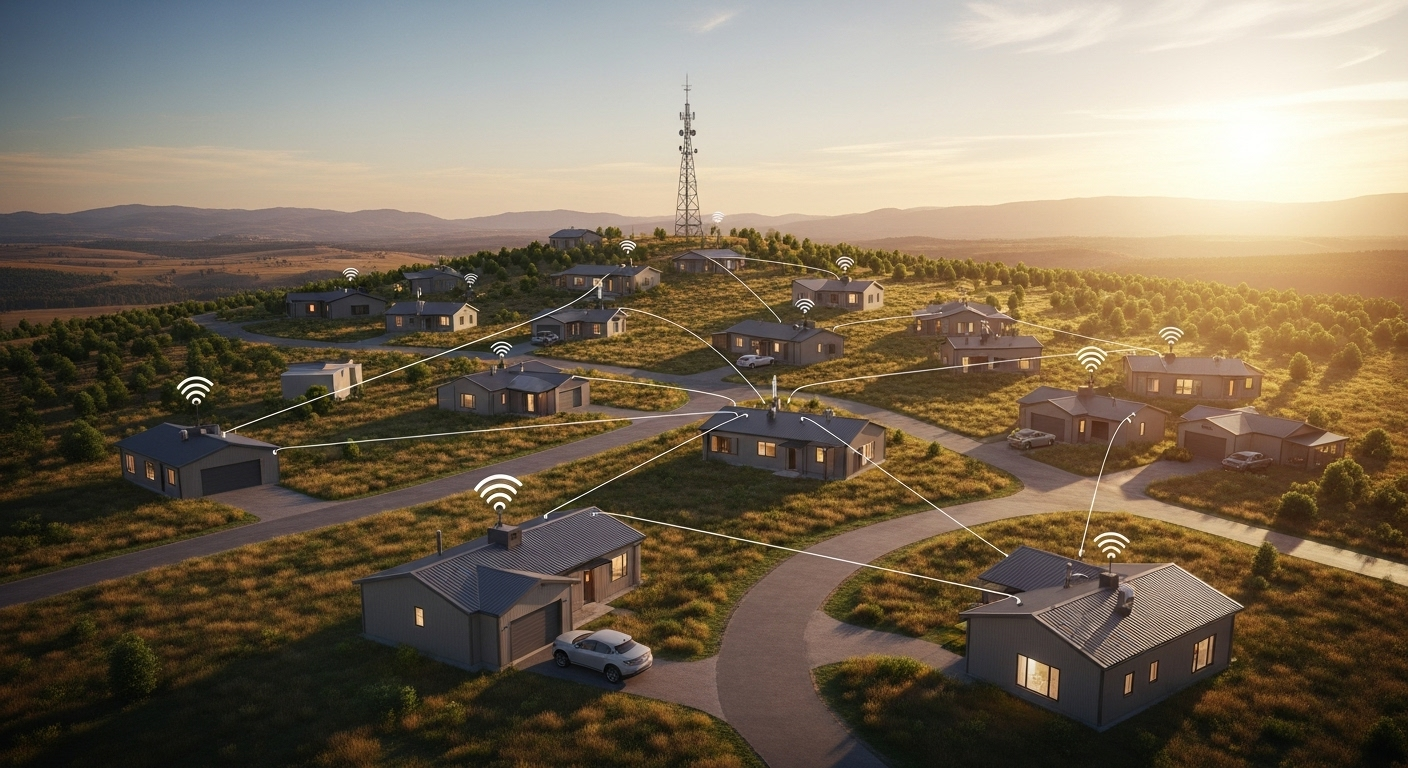How rural areas can expand reliable broadband with limited budgets
Rural communities often face barriers to reliable broadband: long distances, sparse populations, and constrained budgets. Practical deployment mixes technologies, shared infrastructure, and optimization to improve connectivity. This article outlines affordable approaches—from fixed wireless and fiber prioritization to routing and security practices—that communities can consider to expand service while managing costs.

Rural communities can extend reliable connectivity through careful planning, technology mixing, and local coordination. Limited budgets make it essential to prioritize cost-effective approaches that balance bandwidth, latency, and long-term maintainability. This article outlines practical steps—technology selection, network design, spectrum use, and operational strategies—that help improve throughput and service resilience without requiring large upfront investments.
Connectivity and local services options
Start by mapping demand and existing infrastructure. Local services assessments reveal where residents need throughput versus where low-latency connections are critical (for telehealth or education). Community surveys and simple speed tests can guide where to place last-mile links and whether shared resources (community Wi‑Fi, cooperative ISPs) will meet needs. Prioritizing anchor institutions—schools, clinics, municipal buildings—creates immediate benefits and can justify grant applications or matching funds for broader coverage.
Broadband technologies and bandwidth trade-offs
Different broadband technologies offer trade-offs between bandwidth, latency, and cost. Fixed wireless can deliver reasonable throughput at lower deployment cost than fiber over long distances, while fiber provides high bandwidth and low latency but higher per-mile construction costs. Satellite services can reach very remote locations but may bring higher latency and variable throughput. Mix technologies strategically: use fiber where population density or demand justifies the investment, and fixed wireless or satellite to serve dispersed households.
Networking, routing, and peering strategies
Effective networking and routing reduce operational costs and improve performance. Local peering arrangements between community networks and regional ISPs can lower transit fees and improve latency. Implementing efficient routing, traffic shaping, and quality-of-service rules helps allocate limited bandwidth to priority uses. Cooperative procurement of routing equipment and shared backhaul contracts can reduce per-household costs and simplify maintenance by centralizing network operations.
Latency, throughput, and optimization
Optimization targets both latency and throughput to improve user experience within budget constraints. Caching commonly accessed content locally reduces repeated upstream requests and saves bandwidth. Edge computing nodes at community centers can handle time-sensitive tasks for IoT or telehealth, lowering round-trip delays. Regular monitoring of throughput and latency helps detect congestion and informs targeted upgrades where the most impact is achieved per dollar spent.
Fiber, 5G, and spectrum planning
When planning spectrum and infrastructure, balance near-term affordability with long-term scalability. Fiber remains the backbone for high-throughput needs; deploying fiber to aggregation points (not necessarily every household) enables future upgrades. 5G and fixed 4G LTE can provide wireless last-mile connectivity where wiring is impractical—spectrum availability and local regulations matter, so coordinate with regional authorities. Shared towers and spectrum leasing among community providers reduce duplication and lower deployment costs.
Community cost insights help decide which technologies to prioritize. Upfront capital for fiber construction can be high per mile but delivers low operational costs and high throughput over time. Fixed wireless and managed LTE/5G deployments typically have lower initial civil works costs but can require regular equipment upgrades and spectrum fees. Satellite services reduce installation barriers yet often carry higher monthly fees and higher latency. Consider mixed deployments and phased upgrades to spread costs.
| Product/Service | Provider | Cost Estimation |
|---|---|---|
| Starlink Residential | SpaceX | Equipment and monthly costs vary by plan; typical monthly range reported publicly is approximately $90–$120, equipment sold separately |
| HughesNet Gen series | Hughes Network Systems | Monthly plans vary by throughput; reported monthly ranges often fall roughly between $50–$150 depending on data tiers |
| T‑Mobile Home Internet | T‑Mobile | Consumer plans have reported monthly rates near $50–$60 in various markets; availability and promotions affect pricing |
| Verizon 5G Home | Verizon | Monthly pricing commonly reported in a band around $50–$70 where service is offered; coverage dependent |
Prices, rates, or cost estimates mentioned in this article are based on the latest available information but may change over time. Independent research is advised before making financial decisions.
Security, edge, and IoT considerations
Security and edge strategy protect networks and optimize performance for IoT use cases. Segment networks to isolate critical services, apply encryption where appropriate, and maintain firmware updates for edge devices. Edge compute at local aggregation points reduces upstream bandwidth needs and can provide resilient services during backhaul outages. For community-deployed IoT (agriculture sensors, environmental monitors), prioritize low-power, secure protocols and clear data-routing policies to minimize operational burdens.
Conclusion
Expanding reliable broadband in rural areas with limited budgets requires pragmatic mixes of technology, demand-driven prioritization, and cooperative approaches. Combining fiber backbones with targeted fixed wireless or managed 5G last-mile links, optimizing routing and throughput, and pursuing shared infrastructure and peering can deliver measurable improvements while controlling costs. Regular assessment and phased upgrades help align investments with evolving community needs.





